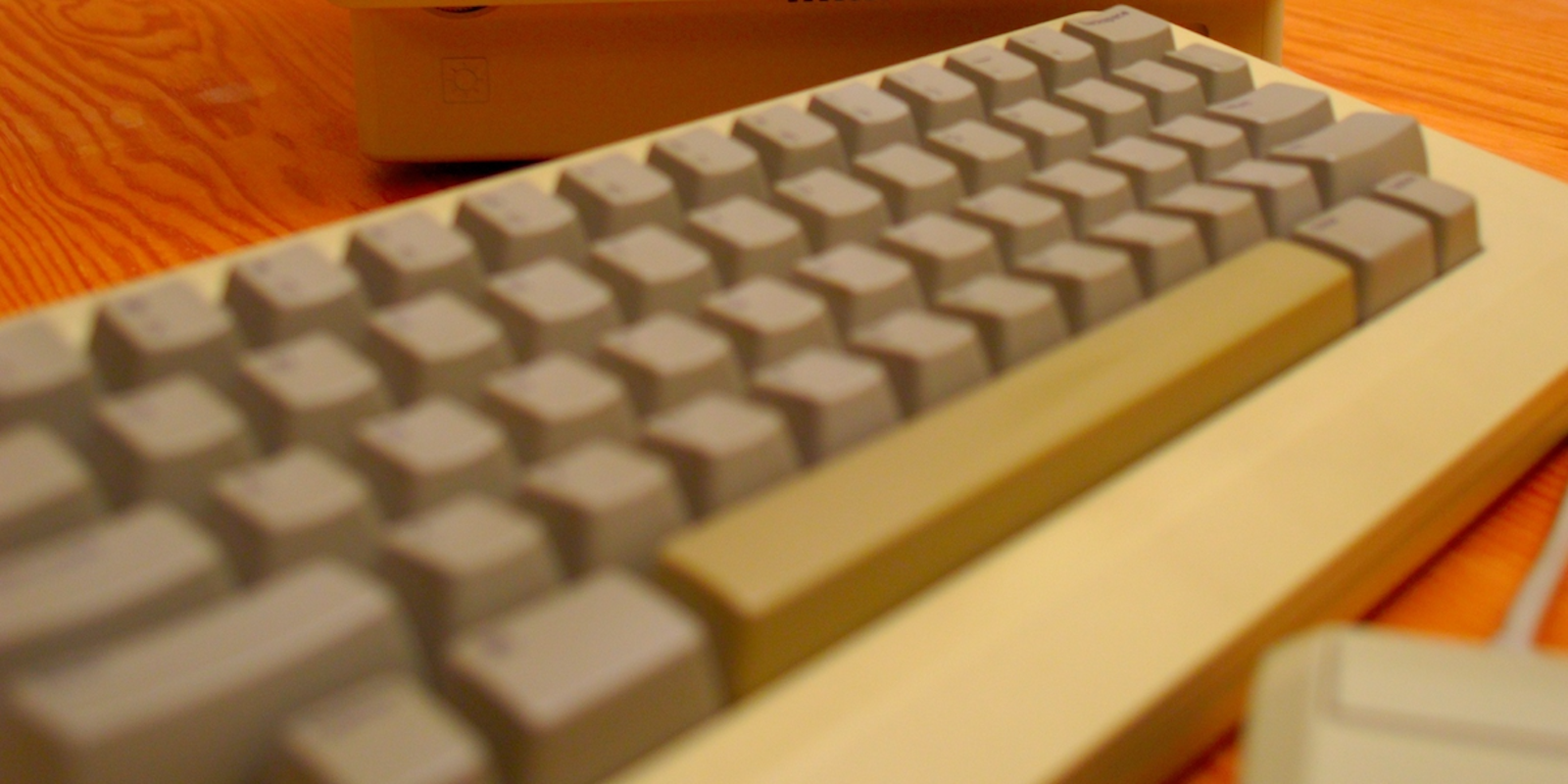Modern computers have improved upon the desktops of yore in almost every perceivable way. Their displays are larger, more colorful, and brighter. Their designs are more sleek and more portable. Inside, their processors can handle tasks that used to require a supercomputer, and their memory capabilities are vastly expanded. They’re better and faster than the computers we used 20 or 30 years ago by nearly every measure… or are they?
One computer engineer decided to put things to the test, and discovered a significant way that early desktops beat out their modern counterparts.
“I’ve had this nagging feeling that the computers I use today feel slower than the computers I used as a kid,” wrote Dan Lu, a computer engineer who’s worked at both Microsoft and Google. “As a rule, I don’t trust this kind of feeling because human perception has been shown to be unreliable in empirical studies, so I carried around a high-speed camera and measured the response latency of devices I’ve run into in the past few months.”
Lu ran a series of tests on a broad number of computers and mobile devices in order to calculate their latency, the amount of time it takes for data to transfer from one point to another. And Lu made an interesting discovery: Older computers are not slower than new ones. In fact, the Apple IIe, according to his computer latency experiment, was the fastest computer tested.
Lu’s test was very specific, though. He measured the latency between a keyboard press, and how long it took for that character to appear on the computer’s screen. There’s actually good reason why today’s computers are every so slightly more sluggish than their predecessors. Today’s keyboards are far more advanced (in terms of number of keys and their functions) and programmable, made possible because keyboard inputs these days go through a powerful processor. By comparison, older computers use dedicated logic for keyboard inputs. Because the path between that keyboard press and the computer’s display is more direct, the latency is smaller. So while it may take a fraction of a second longer for that “S” to show up on your laptop’s display, you’re trading those milliseconds for the convenience of being able to use keyboard shortcuts and customized keyboard commands that cut the time of other on-screen tasks.
There’s good news, however. Even with that handicap, today’s computers are finally starting to catch up to 30-year-old models like the Apple IIe and the Commodore PET 4016 in terms of latency. And if you, like Lu, always had a sinking suspicion that your iPhone or Thinkpad wasn’t as fast as you remembered older computing devices being, you’ve now been empirically vindicated.
If you’re interested in the specifics of Lu’s tests and his more detailed results, head over to his website here.
H/T Gizmodo


